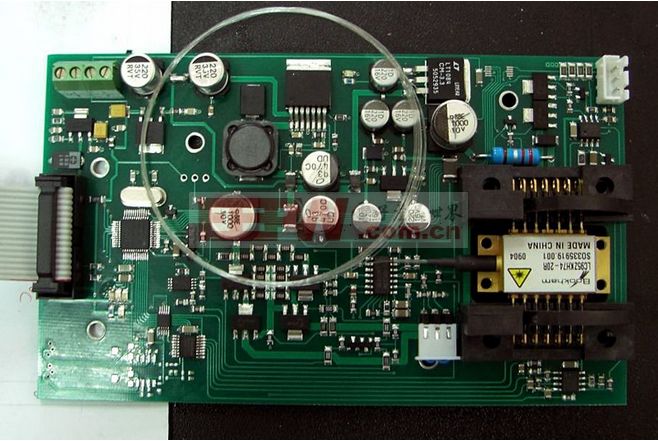Guide: The semiconductor laser listens to the very high name. In fact, he is a laser diode. I think everyone is familiar with the laser diode. But do you know how it works? If you don't know, just look at it~~~
1. Semiconductor laser working principle - Introduction
A semiconductor laser, also called a laser diode, is a laser that uses a semiconductor material as a working substance. It has the characteristics of small size and long life, and it can be integrated with the integrated circuit by pumping its working voltage and current with a simple injection current. Due to these advantages, semiconductor diode lasers have been widely used in laser communication, optical storage, optical gyro, laser printing, ranging, and radar.

2. Semiconductor laser working principle - characteristics
A semiconductor laser is a type of laser device in which a semiconductor material is a working substance. It was born in 1962 and has the following advantages in addition to the common features of lasers:
(1) Small size and light weight;
(2) The driving power and current are low;
(3) High efficiency and long working life;
(4) Direct electrical modulation;
(5) Easy to integrate optoelectronics with various optoelectronic devices;
(6) Compatible with semiconductor manufacturing technology; can be mass-produced.
Due to these characteristics, semiconductor lasers have received extensive attention and research from all over the world since their inception. It has become the world's fastest-growing, most widely used, first-class laser that has gone out of the laboratory for commercialization and has the largest output value.

3. The working principle of semiconductor laser
The working principle of the semiconductor laser is an excitation method. The semiconductor material (that is, using electrons) is used to illuminate between the energy bands, and the cleavage plane of the semiconductor crystal is used to form two parallel mirror surfaces as mirrors to form a resonant cavity to oscillate and feedback the light. The radiation that produces the light is amplified and the laser is output.
Semiconductor lasers rely on injected carriers. There are three basic conditions for emitting lasers:
(1) To generate a sufficient population inversion distribution, that is, the number of high-energy particles is sufficiently larger than the number of particles in the low-energy state;
(2) There is a suitable resonant cavity that can play a role in feedback, so that the excited radiation photons proliferate, thereby generating laser oscillation;
(3) To meet certain threshold conditions, so that the photon gain is equal to or greater than the loss of photons.

Expand reading:
Introduction to semiconductor laser basics
Design of automatic power control circuit for semiconductor laser
Semiconductor laser characteristics
LaserRemote Monitor Systems Battery
Remote Monitor Systems Battery,E Cigarette Lithium Battery,Semi Tight Lithium Battery,Intelligent Oem Lithium Battery
Jiangmen Hongli Energy Co.ltd , https://www.honglienergy.com